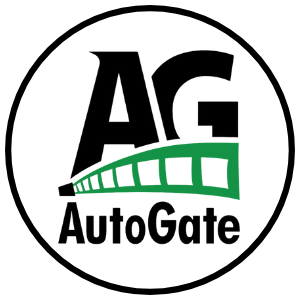In our recent January 8th, 2017 issue, I wrote an article in which I discussed the Moving Ahead For Progress In The 21st Century Act of June 2012 (or the “MAP-21” Act); I’d discussed how the numerous city, county, state and multi-party agencies which are involved in administrating toll plazas throughout the U.S. were supposed to have established a plan which would link all of the different electronic toll collection systems throughout the U.S. together by the end of October of 2016 so that one single toll transponder device would work at all of the tolls throughout the U.S. I’d pointed out that the different electronic collection systems that are in operation throughout the U.S. all operate in extremely similar technologies, so in theory, linking the different systems together should be a relatively simple process.
I am following last week’s article here with a discussion about another idea for a transportation infrastructure improvement project which should be relatively simple to implement.
On average, nearly 300 people are killed at railroad crossings in the U.S. every year. That’s close to one fatality per day. That number could probably be reduced to close to zero if automatic gates were required at all sides of an intersection at all of the railroad crossings throughout the U.S.
Unlike the article that I wrote about space exploration missions which was posted in our October 16th, 2016 issue, this one really isn’t rocket science here. If the roads are safer, we’ll have fewer accidents, and this is a technology that would be particularly easy to implement nationwide. In fact, requiring gates at all railroad crossing intersections should have been required a century ago when automobiles, trucks, and buses were first becoming a common means of transportation.
Standards about safety devices railroad crossings vary between countries. As I researched this article, I was hoping to find a comprehensive study which compared numbers of accidents between countries, and I was curious to see if there has been an established clear correlation between installing automatic gates on all sides of a crossing and numbers of accidents. If such studies have been conducted, they are not readily available on the web, so I have no statistics which compare the annual numbers of accidents and the presence of various safety devices at intersections between different countries and different regions of the world which I can site here.
Read more: This Is What We Can Do To Reduce Accidents At Railroad Crossings
